Memcache is a caching system that stores data in memory to make applications faster and more efficient. It works across multiple languages, including PHP, Python, Ruby, and others. In the context of PHP, it can reduce database load and speed up page rendering by keeping frequently accessed data available in memory. This article focuses on how to use Memcache specifically with PHP.
Read
Choose your favorite categories and topics. You will find extremely useful content over the site.
Comment
Communicate with authors and users. Provide them your feedback and collaborate with the community.
Rate
Authors will be happy to receive your positive vote on articles you found helpful and enjoyed reading.
Trending articles
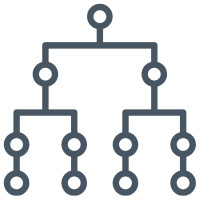
Maximizing MySQL performance with indexes
Indexes are one of the tools MySQL uses to make data access faster. Without them, the database engine has to scan every row in a table to find matching records. This kind of full scan can be slow, especially when dealing with large datasets. Indexes allow MySQL to skip most of the table and go straight to the rows it needs. They're not just about speed, though. Indexes also help with enforcing uniqueness, sorting results, and supporting specific types of queries. But they come with trade-offs, like extra storage use and slower write operations.
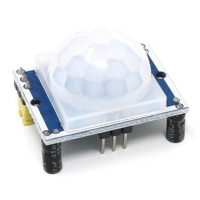
Using a motion sensor with Arduino
Motion sensors are essential in modern automation projects, playing a key role in security systems, smart lighting, and interactive devices. These sensors detect movement and trigger specific actions, making them useful for various applications. When paired with an Arduino, a motion sensor can be programmed to respond intelligently, creating an efficient and responsive system. This guide explains how motion sensors work, how to connect them to an Arduino, and how to write the code needed to make them function properly.
Recent articles

Maximizing MySQL performance with indexes
Indexes are one of the tools MySQL uses to make data access faster. Without them, the database engine has to scan every row in a table to find matching records. This kind of full scan can be slow, especially when dealing with large datasets. Indexes allow MySQL to skip most of the table and go straight to the rows it needs. They're not just about speed, though. Indexes also help with enforcing uniqueness, sorting results, and supporting specific types of queries. But they come with trade-offs, like extra storage use and slower write operations.

Getting started with Memcache for PHP
Memcache is a caching system that stores data in memory to make applications faster and more efficient. It works across multiple languages, including PHP, Python, Ruby, and others. In the context of PHP, it can reduce database load and speed up page rendering by keeping frequently accessed data available in memory. This article focuses on how to use Memcache specifically with PHP.
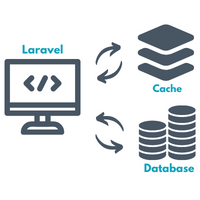
Repository cache in Laravel
In modern web applications, optimizing data retrieval is crucial to improving performance and user experience. One common practice is caching database queries to reduce redundant calls to the database. While Laravel offers built-in caching features, in some cases, you may want to implement custom repository caching manually to better control your caching mechanism. This article will walk you through implementing repository caching in Laravel 12, explaining the steps involved and how to achieve better performance in your application.
Categories
Popular on HiBit
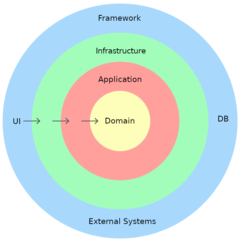
Domain Driven Design: Layers
Developing applications that can perform complex tasks can be a challenging process, and it requires careful planning and design. One approach to managing this complexity is to use a Layered Architecture. This architecture separates the application's code into layers, each with a specific responsibility and purpose. These layers are typically organized in a hierarchy, with higher-level layers depending on lower-level layers.
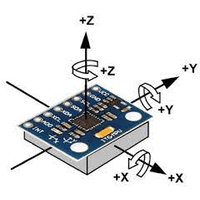
Complementary filter and relative orientation with MPU6050
The MPU-60X0 is the world's first integrated 6-axis MotionTracking device that combines a 3-axis gyroscope, 3-axis accelerometer and a Digital Motion Processor (DMP) all in a small package. It helps to measure velocity, orientation, acceleration, displacement and other motion like features
The MPU-6050 features three 16-bit analog-to-digital converters (ADCs) for digitizing the gyroscope outputs and three 16-bit ADCs for digitizing the accelerometer outputs. For precision tracking of both fast and slow motions, the parts feature a user-programmable gyroscope full-scale range and a user-programmable accelerometer full-scale range.

Reading MPU9250 sensors with Arduino
MPU-9250 is one of the most advanced combined accelerometer, gyroscope and compass small size sensors currently available. It replaces the popular MPU-9150 lowering the power consumption, improving gyro noise and compass full scale range performance. It has many advanced features, including low pass filtering, motion detection and even a programmable specialized processor.